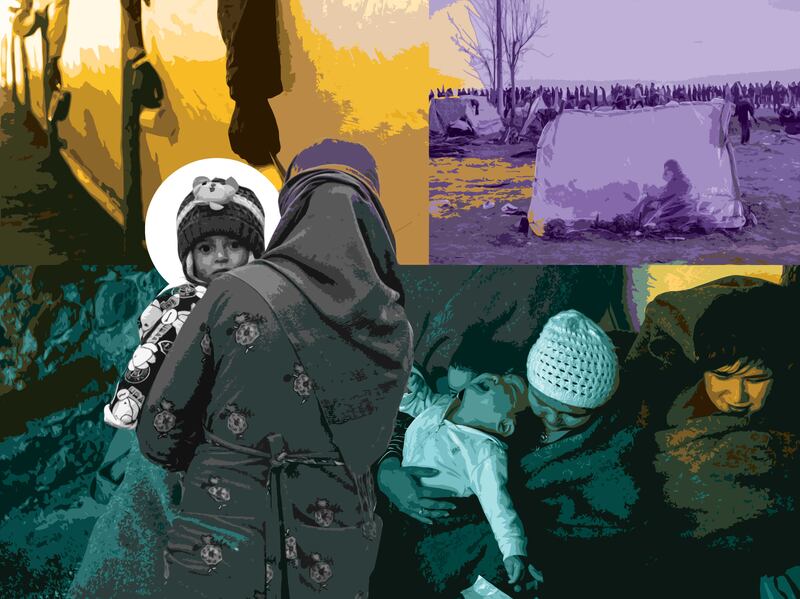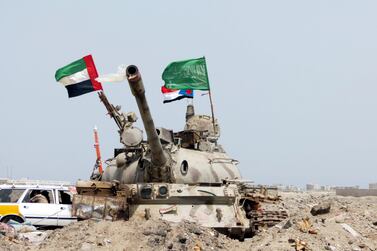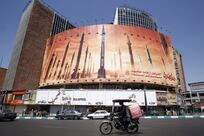People say we are living in an age of extremes. When it comes to humanitarian need, the Middle East and North Africa region encompasses this duality. Untold wealth and natural resources, but also multiple protracted conflicts, 16 million displaced, and 79 million people, including 35 million children, in need of humanitarian aid. In the past year, humanitarian crises worldwide have set grim new records. Globally, more than 100 million people are on the run from conflict and disaster. More people than the entire population of the US, 340 million will need humanitarian assistance this year. Over the past decade, humanitarian need has increased fourfold, a measure of great and growing human suffering.
Sadly, a significant portion of that need is in the Mena region. Our team at the International Rescue Committee, an organisation dedicated to helping people affected by humanitarian crises to survive, recover and rebuild their lives, have analysed 67 quantitative and qualitative variables to uncover the 20 countries most at risk of humanitarian conflagration in 2023 – we have called this the Emergency Watchlist. And three of them are in the Mena region.
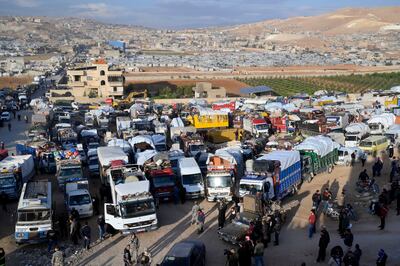
Yemen, Syria and Lebanon are emblematic of the countries on our list to watch. These countries suffer from a convergence of crisis accelerators – conflict, economic turmoil and climate change – coupled with a lack of strong governance “guardrails” that could protect vulnerable communities. Watchlist countries, globally, have experienced armed conflict for an average of 12 years.
Conflicts devastate the infrastructure, livelihoods and services on which communities depend to withstand shocks. Economic turmoil has been greatly exacerbated by Russia’s invasion of Ukraine and the long-term impacts of the Covid-19 pandemic, both of which have disrupted supply chains, international trade, and food and fuel prices, driving food insecurity across our world – and particularly in Watchlist countries.
For a country such as Yemen, this is particularly stark. Ninety per cent of food is imported – 42 per cent from Ukraine and Russia – leaving the country exposed to high global food prices. Climate change is rapidly accelerating humanitarian emergencies due to droughts, floods and other natural disasters. The Mena region is home to some of the most water-scarce countries in the world. And recent outbreaks of cholera in Syria and Lebanon, the first since 1993, are very real and devastating examples of what can happen when communities lack access to clean water and basic sanitation.
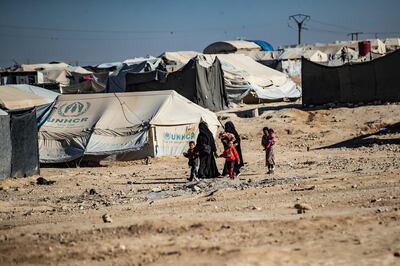
We have observed that the impact of these accelerators is growing more significant because of a global weakening, or even complete dismantling, of “guardrails”. Guardrails are the policies, systems and actions designed to limit the impact of crisis on affected communities and to prevent crises from becoming catastrophes. Guardrails can operate at all levels to mitigate crises, from international institutions such as the UN Security Council, to diplomatic agreements between states and parties to conflict, to local and community-level efforts and humanitarian aid.
Therefore our Watchlist is not only an alarm to the world not to forget the tragic situations in countries such as Syria and Yemen, which have fallen from the headlines. But it is also a way to understand why humanitarian crises have spiralled out of control and with that how we can diminish the severity.
David Miliband lists three numbers to describe global humanitarian situation
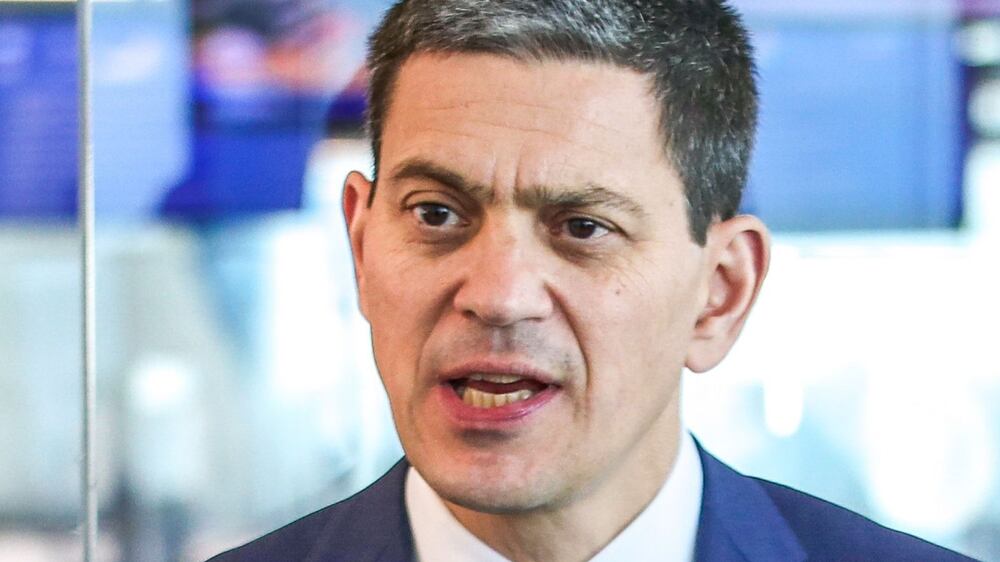
Our Watchlist provides specific examples of how crisis can be mitigated if guardrails are in place. The UN-brokered six-month truce in Yemen led to the longest period of relative calm that country has seen since the beginning of the crisis in 2014, leading to an 86 per cent drop in fatalities – with the expiration of the truce we risk a weakening of this essential guardrail.
In Syria, the reauthorisation of the UN’s cross-border ope
ration by the Security Council offers a critical lifeline for 2.4 million civilians. None of these examples ended crises, but they prevented the worst-case scenarios. Albeit successes, we must also acknowledge that they can be fleeting.
In Yemen, the UN’s Group of Eminent Experts, which monitored the conduct of the war, was disbanded last year, and civilian deaths doubled in the immediate aftermath. In Syria, the UN’s cross-border operation could possibly be shut down later this month. Humanitarian catastrophe is a result of choices – not an inevitable outcome. We, therefore, can and need to do more. Aid as usual will not cut it.
The 2023 Watchlist reveals a need for a drastic change in the way we approach humanitarian crises. First, we need to break the cycle of crisis. This means investing in national responses to stop the slide from fragile to failed state by prioritising restoration of basic service delivery such as education and health systems. This is particularly pressing in the Mena region where conflicts are now protracted crises. The solid support of Middle Eastern partners has meant that we not only respond to emergencies but, more critically, are able to test, learn and design innovative solutions that disrupt the continuum of crisis.
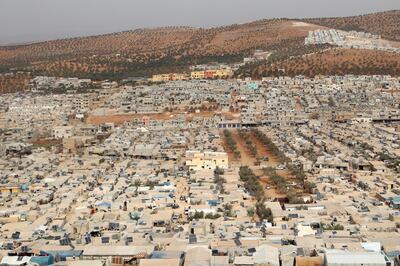
Second, we need to protect civilians in conflict. This means re-establishing the right of civilians to aid through the establishment of an independent organisation, such as the Organisation for the Promotion of Humanitarian Access, that could document the denial of aid and speak truth to power. In both Yemen and Syria, humanitarian access, violence against humanitarian personnel, and their facilities are continuing concerns. And it means empowering women in peace and security efforts by ensuring women-led organisations are properly funded and have a seat at the table in peace negotiations.
Finally, we need to confront shared global risks. This means addressing the devastation of climate change in humanitarian settings by fulfilling the long-delayed promise of $100 billion a year in climate financing for developing countries, with 50 per cent dedicated to adaptation. It means pandemic-proofing the world by creating a Global Health Threats Council to mobilise a global effort to prevent, prepare and respond to the next pandemic. And it means striking a new deal for the forcibly displaced by scaling up funding for refugee-hosting states, many in the Mena region, and increasing the number of people who are resettled in third countries outside the region.
Our data has highlighted the countries at greatest risk of worsening humanitarian need in the coming year. This does not have to be a foregone conclusion. Our turbulent times come with a choice. As well as being a warning, Watchlist 2023 is intended as a roadmap for how, collectively, we can choose to strengthen the guardrails meant to limit the impact of these crises on affected communities, preventing already runaway crises from preying any further on the lives and livelihoods of the world’s most vulnerable.
